Is there a tool that can let one browse relational data as a graph of connected nodes?
For example, i'm faced with trying to cleanse some anomolous data. i can start with two offending rows. In this particular example, the TransactionID should, by business rules, be unique to the table, but i find a transaction that violates that rule:
SELECT * FROM LCTTrans
WHERE TransactionID = 1075048
LCTID TransactionID
========= =============
4358 1075048
4359 1075048
2 row(s) affected
But really what i want to begin to hunt down all the related data, to try to see which is right. So this hypothetical software would start by showing me these two rows:
Next, i want to see that transaction that is linked into this table:
Now that transaction points to an MAL, so show me that:
Now lets add those two LCTs, that the transaction is "on". A transaction can be on only one LCT, yet this one is pointing to two:
Okay computer, both of those LCTs point to an MAL and the transaction that created them, show me those:
Those last two transactions, they also point at an MAL, and they themselves point to an LCT, show me those:
Okay, now are there any entries in LCTTrans that point to LCTs 4358 or 4359?...
And so on, and so on.
Now i did all this manually, running single selects, copying and pasting uniqueidentifier keys and converting them into friendly id numbers so i could easily see the relationships.
Is there software that can do this?






